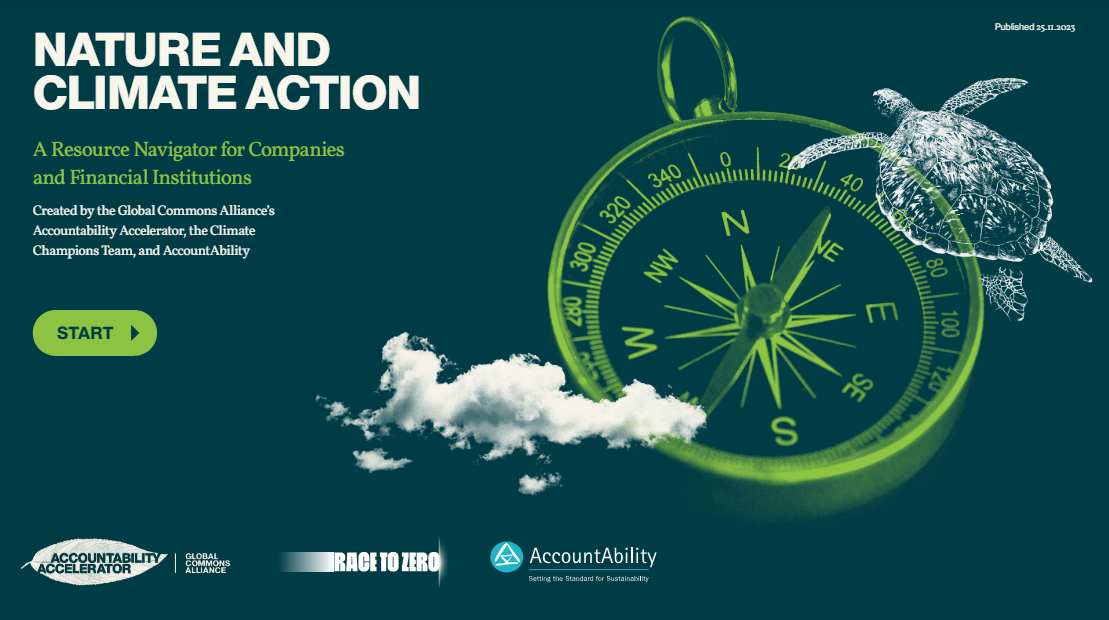A new interactive tool called the Climate Action Navigator (CAN) has been launched to empower cities in identifying and prioritizing where climate action is most urgently needed to become climate-neutral and livable. Developed by the Heidelberg Institute for Geoinformation Technology (HeiGIT) and funded by the Klaus Tschira Foundation, CAN harnesses open geodata—such as OpenStreetMap, remote sensing, and census data—to provide scientifically sound, locally adaptable, and practical insights for urban climate strategies.
As urban populations continue to grow, with an estimated 70% of the world’s population expected to live in cities by 2050 (and already 75% in Europe), cities are pivotal in the global effort to combat climate change. The Climate Action Navigator addresses this challenge by offering a comprehensive dashboard that functions similarly to an energy efficiency rating but applied to entire neighborhoods. It assesses multiple dimensions of urban climate action, including active mobility, heating emissions, and land use, enabling cities to pinpoint critical areas for improvement.
The tool integrates a variety of assessment modules. For example, the hiWalk and hiBike tools evaluate walkability and bike-friendliness by analyzing factors such as pathway types, surface conditions, elevation changes, safety, comfort, and accessibility. These analyses reveal both safe and welcoming areas and those requiring urgent upgrades, helping cities enhance pedestrian and cycling infrastructure effectively. Another key module focuses on heating emissions, which are often overlooked in urban sustainability discussions. Using detailed data from the 2022 German national census, CAN identifies CO₂ hotspots related to residential heating by considering building age, energy sources, and other factors. This allows municipalities to devise targeted strategies for transitioning to renewable heating systems and improving energy efficiency.
Beyond data provision, the Climate Action Navigator is designed as a living tool that evolves through ongoing feedback and collaboration with local stakeholders, urban planners, advocacy groups, and community organizations. This co-creation process ensures that the tool’s indicators are relevant to specific urban contexts and that the insights generated lead to actionable, practical solutions. For instance, partnerships with local cycling advocacy groups like Radlobby Austria have helped refine the hiBike tool to better address real-world challenges such as “dooring” hazards for cyclists.
The launch of the Climate Action Navigator was publicly announced for May 15, 2025, with an online event held on June 5, 2025, featuring experts from policy, urban mobility, and advocacy sectors. This event provided a platform for hands-on exploration of the dashboard, discussions on its applications, and opportunities for stakeholders to engage directly with the HeiGIT team. The initiative aims to foster a collaborative environment where cities, NGOs, and community initiatives can share knowledge and develop targeted climate strategies based on robust, high-resolution spatial data.
In summary,
the Climate Action Navigator represents a significant advancement in urban climate action tools by combining cutting-edge geospatial data analysis with practical, user-friendly interfaces tailored to the needs of cities worldwide. By identifying priority areas for interventions such as improving active mobility infrastructure, reducing heating emissions, and managing land use sustainably, CAN supports cities in their transition toward climate neutrality and enhanced livability. This data-driven approach not only bridges the gap between understanding and action but also fosters inclusive, resilient urban environments equipped to meet the challenges of climate change.

